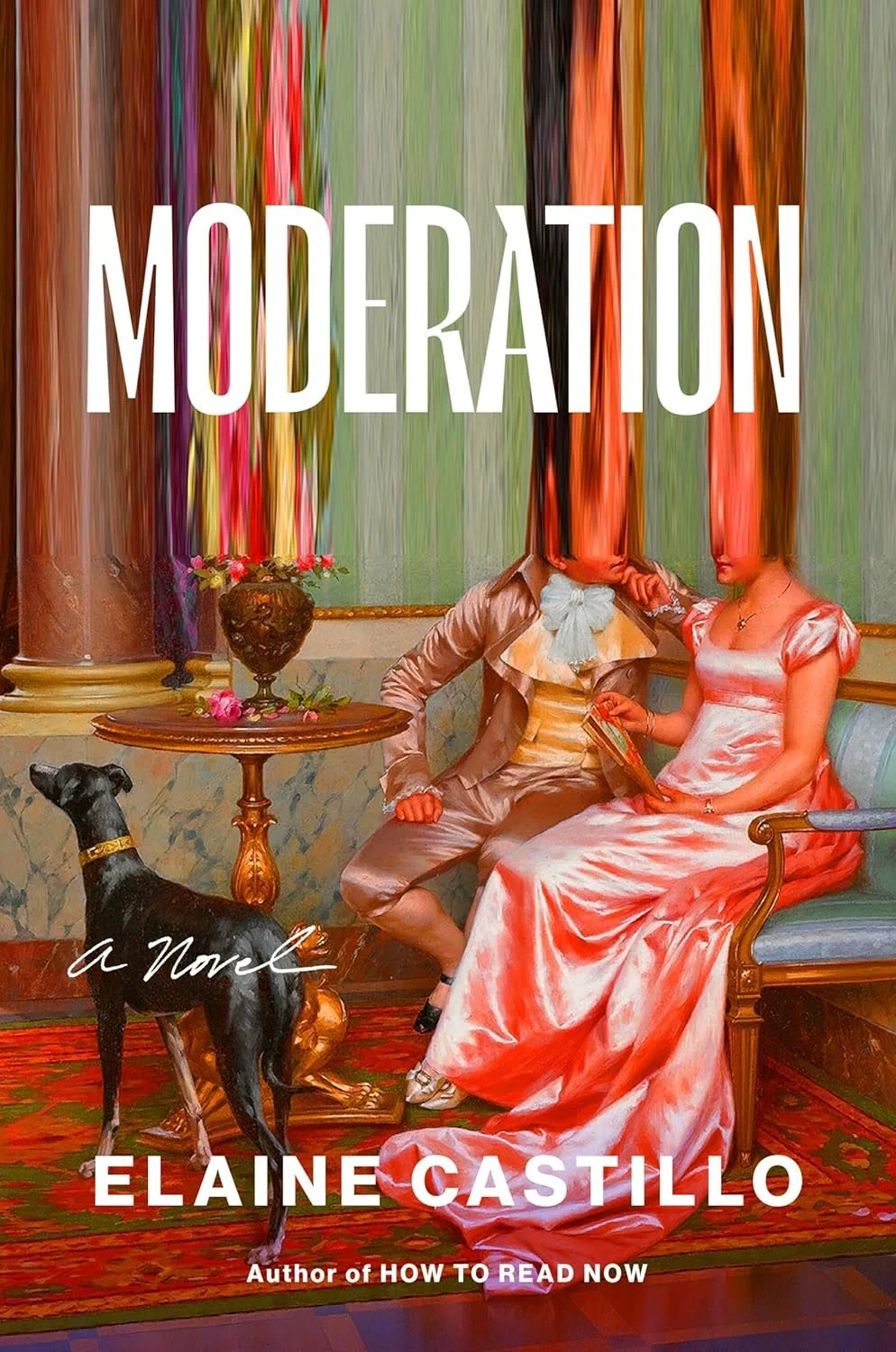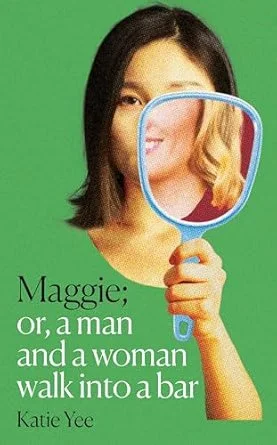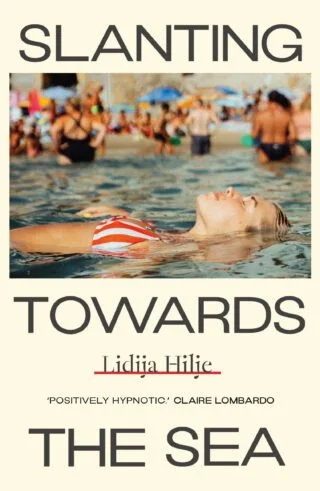Cacophony of Bone, Kerri ni Dochartaigh
‘It’s a heart laid bare, bruised but beating madly with the joy of being alive.’
Kerri ní Dochartaigh’s second book, a tender and luminous chronicle of the first year of the pandemic, explores new life and the meaning of home.
Cacophony of Bone is Dochartaigh’s follow up to her startling debut, Thin Places, which was a hybrid of memoir, politics and nature writing charting her childhood in Derry during the Troubles. This second book represents a further dismantling of tradition, dispensing with formal chapters in favour of an artist’s scrapbook of journal entries, literary quotes, poetry and music. It feels organic, alive, an elusive shapeshifter. Like the moths that flit through its pages, it is not to be pinned down. It echoes the seasons, the plants in Dochartaigh’s garden and the baby growing inside her over the course of the book.
As the book opens, Dochartaigh moves into her 35th home, a small railway cottage in the heart of Ireland. Forced to stay put by the lockdown, she meditates on how home is not just a place where one lives in the traditional sense, surrounded by walls, but something broader. It’s an outer as well as inner landscape, another person, the feeling of togetherness, of being safe. This is a definition of home that bleeds into that of family and is intricately tied up with the meaning of motherhood. And as Dochartaigh puts down roots literally, tending to a garden for the first time, other tiny things begin to bud: with the unfurling of the August roses, she discovers she is pregnant.
Dochartaigh does not shy away from the darkness. She tracks the heavy days that flow from her position at a confluence of trauma: the grief detailed in Thin Places, the loneliness of lockdown, the upheaval of an unexpected pregnancy. Yet, as with her first book, she leaves plenty of room for the light to get in. In fact her pen brims with it, capturing candlelight on the bed, sunsets and frosty sunrises, the moon, pools, veins, strings, drops of light in the orbit of the cottage. Communion with light and nature is a source of healing for Dochartaigh. Wild swimming, a pine marten streaking past, a fledgling house martin that lands on her bed - all function as a tonic and a way to stop time in a difficult year. Books, too, are ‘sustenance’ – a way to feel less alone, and Dochartaigh consumes them voraciously, scattering recommendations like seeds.
It’s obvious that Dochartaigh delights in language. She finds wonder and awe in the everyday; she turns the mundanity of lockdown into magic with a poet’s eye. Dusk is '“ghost-winged”, the day is “joy-bright”. She spots “mist & mackerel in the sky” and goldfinches in the garden on her partner’s birthday. Even her monthly lists of names for the moon read like poetry: “Flying Up Moon / Moon When The Cherries Turn Black / Mountain Shadows Moon”. She collects language like a magpie, creates lists and inventories of words. She also collects natural objects: a woodpecker feather found after a sea swim, an antler, an egg painted with inks made by a friend, a gift of a nest from her partner. These are not just heirlooms for her unborn child, but a way of bringing her “closer to the object, the places, the self”. They are things to hold on to when everything else is being ripped away.
This is an exquisite wunderkammer of a book, filled with the things that are sacred to ní Dochartaigh, an intimate glimpse of the objects that help her navigate her grief. It’s a heart laid bare, bruised but beating madly with the joy of being alive.
Editorial Picks




